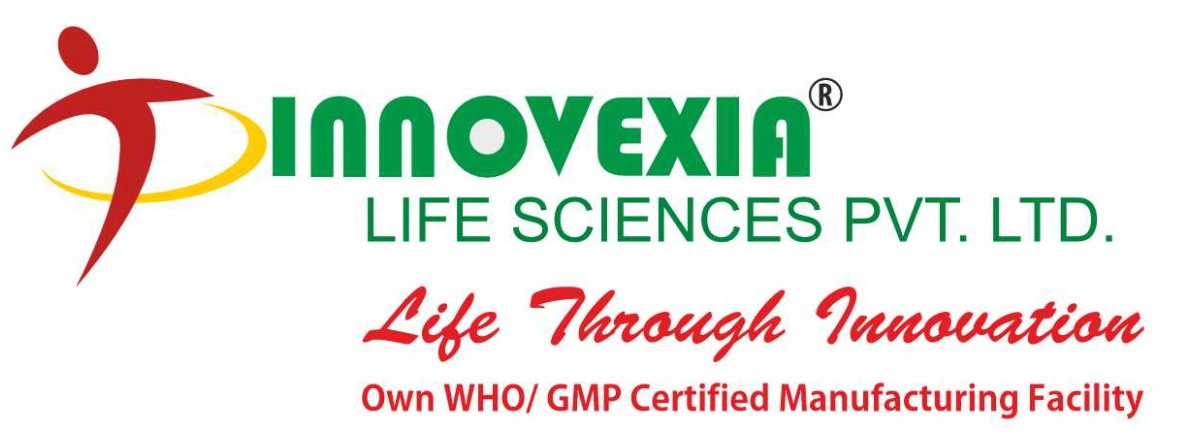The concentration of pharmaceutical industries in Himachal Pradesh and Uttarakhand can be attributed to several factors that make these states favorable locations for pharmaceutical manufacturing. Here are some of the key reasons:
- Tax Incentives and Subsidies: Both Himachal Pradesh and Uttarakhand offer attractive tax incentives and subsidies to attract industries to their regions. This includes benefits like reduced or exempted excise duties, lower land acquisition costs, and favorable industrial policies. These incentives significantly reduce the operational costs for pharmaceutical companies, making it economically advantageous to establish manufacturing units in these states.
- Hilly Terrain and Cooler Climate: The hilly terrain and cooler climate of Himachal Pradesh and Uttarakhand create an environment conducive to pharmaceutical manufacturing. Many pharmaceutical products require controlled temperatures and humidity levels during production and storage. The cooler climate of these regions naturally helps in maintaining these conditions, which is essential for maintaining the quality and stability of pharmaceutical products.
- Less Pollution and Cleaner Environment: The relatively cleaner and less polluted environment in Himachal Pradesh and Uttarakhand is conducive to pharmaceutical manufacturing, as pollutants can adversely affect the quality of sensitive pharmaceutical products. The absence of heavy industrial pollution ensures that the products meet stringent quality standards.
- Skilled and Available Workforce: Both states have a skilled and available workforce, particularly in the pharmaceutical and chemical sectors. The presence of educational institutions and technical colleges in these regions contributes to a steady supply of skilled professionals required for the industry.
- Proximity to Major Markets: Himachal Pradesh and Uttarakhand are strategically located in close proximity to major pharmaceutical markets in North India, such as Delhi, Punjab, Haryana, and Uttar Pradesh. This geographical advantage reduces transportation costs and facilitates efficient distribution of pharmaceutical products.
- Supportive Infrastructure: Over the years, these states have developed supportive infrastructure, including industrial parks, special economic zones, and dedicated pharmaceutical clusters. These facilities provide the necessary infrastructure for pharmaceutical manufacturing and encourage companies to set up operations in the region.
- Government Support and Policies: The state governments in Himachal Pradesh and Uttarakhand have been proactive in supporting the pharmaceutical industry through favorable policies and regulatory frameworks. These policies promote ease of doing business, expedite approvals, and facilitate infrastructure development.
- Historical Presence: The presence of early pharmaceutical companies in these regions has established a foundation for the industry to grow. Over time, the growth of the pharmaceutical ecosystem has attracted more companies to these areas.
In conclusion, the concentration of pharmaceutical industries in Himachal Pradesh and Uttarakhand can be attributed to a combination of factors such as tax incentives, suitable climate, less pollution, availability of skilled workforce, and supportive infrastructure. These factors collectively create an environment that is conducive to pharmaceutical manufacturing, leading to the growth and prominence of the pharmaceutical industry in these states.

